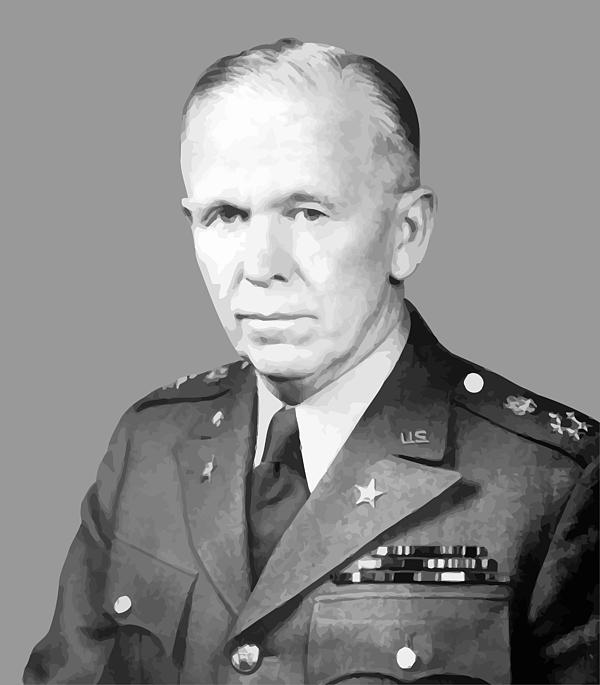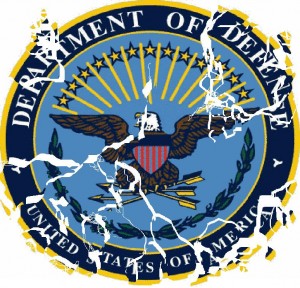Twenty-Nine Articles
Tuesday, September 18th, 2012SWJ Blog has a new post up with an important and all too timely article on transition operations whose authors include an amigo of mine, Pete Turner, a veteran of Iraq and Afghanistan. Turner will also be one of the featured speakers at the Boyd & Beyond Conference in October at Quantico:
Transition Operations: A Discussion with 29 Articles by Richard Ledet, Jeff Stewart and Pete Turner
….What is Transition?
Currently, there is no accepted definition for Transition in US Doctrine. For the purpose of this discussion, we will define Transition simply as the transfer of responsibility from Supporting Nations (SN) to the Host Nation (HN).
How do we go from full-speed-ahead COIN operations where we call all of the shots to a fully functioning sovereign nation that provides security and services for its population? Although we have concluded one Transition (Iraq) and are in the midst of another (Afghanistan), we are still literally feeling our way forward, one unit at a time, without a coherent strategy, doctrine, or national policy. Battalion and Company Commanders want to know, “What comes after build?”
As previously stated, our doctrine is remarkably silent on Transition. FM 3-24 Counterinsurgency acknowledges the requirement for Transition in the late stage of counterinsurgency:
“The main goal for this stage is to transition responsibility for COIN operations to HN leadership. In this stage, the multinational force works with the host nation in an increasingly supporting role, turning over responsibility wherever and whenever appropriate. Quick reaction forces and fire support capabilities may still be needed in some areas, but more functions along all Logical Lines of Operations are performed by HN forces with the low-key assistance of multinational advisors. As the security, governing, and economic capacity of the host nation increases, the need for foreign assistance is reduced. At this stage, the host nation has established or reestablished the systems needed to provide effective and stable government that sustains the rule of law” (paragraph 5-6).
That is the sum total of the guidance given in our counterinsurgency manual.
Transition thus appears to be rather nebulous; it is something we desire and anticipate, but do not necessarily know how to achieve, or even understand. It may occur quickly, or be drawn out over an extended period of time. Like other operations in COIN, Transition will also occur differently in different locations, with various requirements and assorted timelines. Our own relief in place/transfer of authority (RIP/TOA) process even affects Transition. How do we maximize effects at this point, especially considering that the level of international effort is simultaneously in decline? What are the requirements for Transition, and what is the glide path to a smooth successful hand-off to the host nation? Is it a phase that comes after “Hold,” or is it part of the “Build” phase, both of which occur sequentially after “Clear?” One might also argue that once “Transition” has begun, the COIN fight is over for SN forces and the responsibility shifts to the State Department or the UN. Or does it?
There is no simple way of answering these questions, or the others which are raised throughout this paper. The answers may change with each particular case. However, without a dialogue on the subject these questions will continue to go unanswered and operations are likely to proceed with uncertain or frustrating results. ….
Read the rest here. I am a particular fan of points 3,4,5,6 and 9.
And now, we interrupt this post for a…….
Public Service Message:
If you enjoy discussions like this one and think that SWJ and SWJ Blog are an important forum for debate on key defense and strategic issues, they could really use your financial support:
Small Wars Foundation Annual Fundraising Campaign
The Small Wars Foundation / Journal / Council’s annual fundraising campaign is now underway and this is easily the most critical funding effort we have conducted since going hot in 2005. We originally envisioned quarterly campaigns but quickly realized that we were likely over-tapping the hard-core few who have kept our head above water all these years. Well, we are currently on life support in many aspects of our operations to include day to day operating costs, upgrades to the site, and providing at least a meager compensation to those who work 24/7 to keep our humble contribution to our Nation’s security and foreign policy alive and well.
There are many ways to support SWF/SWJ and they can be found here. But what we are most in need of right now is hard cash, the more the better. We have over 200 of our popular Small Wars Journal challenge coins remaining and will get one off to those who donate $50 or more or commit to a $25 a month recurring contribution. Donation options are available at the same link.
And for US contributors – your donation is tax deductible. Last year our goal was to raise approximately $20k but we fell far short of that. Our goal this year, and a very optimistic one at that, is $30k and we will keep you posted on our progress. Thanks in advance in helping keep this effort alive and well.







